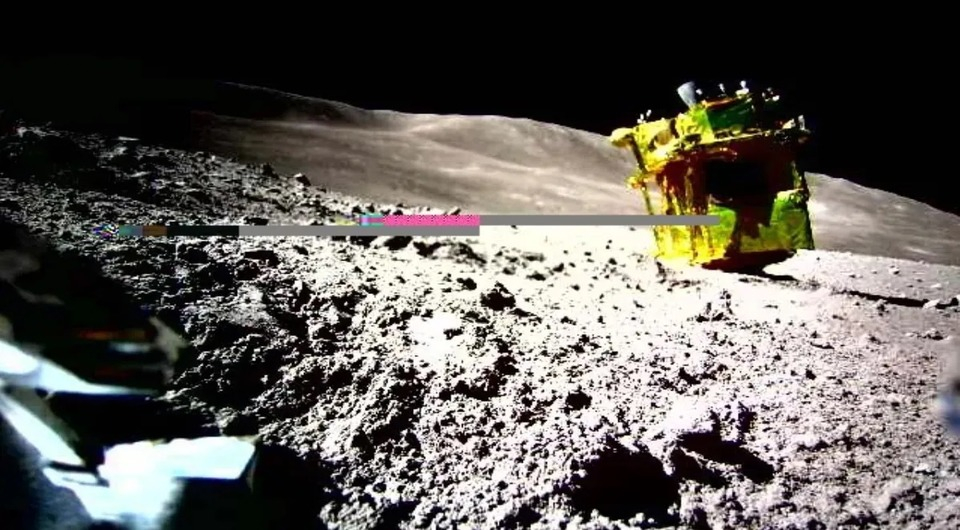On April 23, the Japanese Aerospace Agency (JAXA) was able to contact the SLIM spacecraft again. Thus, it has already survived three nights on the moon.

SLIM landed on the moon on January 19, 2024, making Japan the fifth country in history to make this achievement. However, due to an engine failure during the landing, the spacecraft stuck its “head” into the regolith. As a result, its solar panels were in the shade, which seriously complicated the further work of the mission. Nevertheless, it managed to transmit data from the surface. And the main task, in the form of a demonstration of precision landing technology, was completed at the time of the moon landing.

SLIM was originally supposed to work on the moon for one day. The fact is that the vehicle does not have radioisotope heaters and its electronics are not designed for temperatures of cold lunar nights. Therefore, when the Sun went below the horizon, the chances that it would be able to get in touch again seemed small.
However, to the surprise of many, SLIM managed to survive the first night. Then the vehicle fell asleep for the second time — and then got back in touch. And now SLIM has survived its third sleepover on the moon. The spacecraft has already sent an image taken by its navigation camera. It was received shortly after the landing site was again illuminated by the Sun. Therefore, the entire area appears bright and the shadows are very short.
昨晩(4/23 夜)、再び起動した #SLIM と通信することに成功し、SLIMが3回目の越夜を達成したことを確認しました。早速航法カメラにて撮影した昨晩の月面の様子がこちらです。越夜後としてはこれまでで最も早い月齢での撮影のため、全体的に明るく影が非常に短くなっています。 #JAXA #たのしむーん pic.twitter.com/U0f88xNK9S
— 小型月着陸実証機SLIM (@SLIM_JAXA) April 24, 2024
Curiously, the coming of the day does not mean the end of the problems for SLIM. The fact is that when the Sun rises high above the horizon, it heats the probe’s equipment very much. Therefore, experts limit its working time to the morning and evening hours.
It is also worth noting that a long stay on the Moon is already beginning to affect the technical condition of SLIM. According to JAXA, some temperature sensors and unused battery cells are starting to malfunction. But most of the spacecraft’s systems are still operational.
Follow us on Twitter to get the most interesting space news in time
https://twitter.com/ust_magazine


